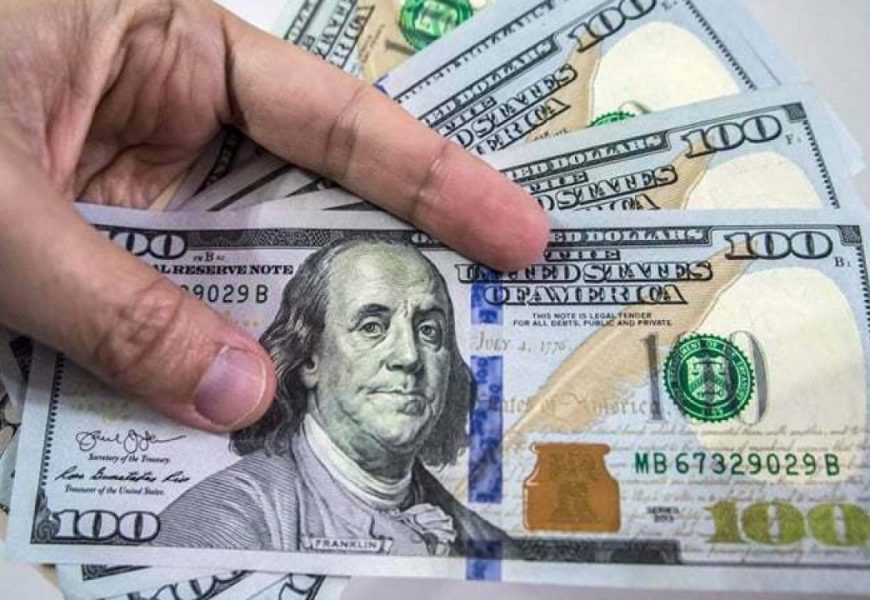A Guide to Understanding Currency Exchange in Pakistan
Currency exchange plays an essential role in managing finances in a globally connected world. In Pakistan, two of the most frequently tracked currencies are the U.S. dollar and the British pound. Their rates can have significant implications for trade, travel, and individual financial decisions. Staying informed about these rates ensures better planning and helps in making more informed financial choices.
The Significance of Exchange Rates
Exchange rates reflect the value of one currency compared to another and are influenced by multiple economic factors. In Pakistan, the dollar rate in Pakistan today is often affected by foreign exchange reserves, trade deficits, inflation, and global market trends. Similarly, the pound rate today in Pakistan can fluctuate due to changes in international trade policies, political events, or shifts in global currency markets.
For individuals, understanding exchange rates is more than a theoretical exercise. Whether you are a traveler, someone sending or receiving remittances, or even a student studying abroad, changes in these rates directly impact your finances. The ability to predict or interpret these fluctuations can help in maximizing the value of any currency-related transaction.
How Exchange Rates Are Determined
Currency exchange rates in Pakistan are shaped by both the interbank and open market mechanisms. While the interbank rate is set for official transactions between financial institutions, the open market rate caters to the general public, including tourists and individuals handling smaller currency exchanges.
Economic conditions, global demand for currencies, and government policies often lead to differences between these rates. For instance, if the dollar rate in Pakistan today rises in the open market, it can signal higher demand for the U.S. dollar. The same logic applies to the pound rate today in Pakistan.
Real-Life Applications of Exchange Rates
1. Traveling and Study Abroad
When planning international trips or pursuing studies in foreign countries, understanding exchange rates becomes crucial. Travelers often wait for favorable rates to exchange their money and maximize their purchasing power. Similarly, students paying tuition fees in dollars or pounds must account for these rates when budgeting their expenses.
2. Sending and Receiving Remittances
Expatriates sending money back to Pakistan are significantly impacted by currency fluctuations. For example, a higher dollar rate in Pakistan today can mean more value for the recipient in terms of local currency. This dynamic also works for those receiving funds in pounds, where a favorable pound rate today in Pakistan can stretch their rupees further.
3. Saving on Exchange Costs
Small fluctuations in exchange rates might seem insignificant, but they can add up over time. It is always advisable to track these rates and choose the right moment for conversions. With the right strategy, individuals can save a considerable amount, especially when dealing with larger transactions.
The Role of Digital Tools
In the digital age, staying updated on exchange rates has never been easier. Various online platforms offer real-time insights into the rates of major currencies. These platforms help people monitor trends and identify the best times for currency exchanges.
If you’re looking for updated information on the dollar rate in Pakistan today, digital platforms are a go-to resource. They also provide insights into the pound rate today in Pakistan, allowing users to compare, calculate, and strategize their transactions.
Beyond just viewing rates, these tools often come equipped with currency calculators. These calculators help users determine exact conversions, offering a clearer picture of how much they’ll receive after exchange.
Key Factors Affecting Currency Exchange Rates
- Global Economic Trends:
Currency values are often tied to the economic performance of their respective countries. A stronger U.S. economy can lead to an increase in the dollar rate in Pakistan today, while shifts in the UK’s economic policies might influence the pound rate today in Pakistan. - Political Stability:
Political events, both domestic and international, can sway currency values. Elections, policy changes, or diplomatic shifts can lead to sudden fluctuations in exchange rates. - Market Demand:
Currencies that are in high demand, such as the dollar and pound, can see their value increase due to limited supply. - Inflation Rates:
Lower inflation rates in a country often lead to a stronger currency, which in turn affects its exchange rate in foreign markets.
Tips for Managing Currency Transactions
- Stay Updated:
Keep track of current exchange rates through reliable sources to make well-timed transactions. - Understand the Spread:
Exchange rates offered by different vendors can vary slightly. Knowing the spread between buying and selling rates can help you make more informed decisions. - Plan Ahead:
If you anticipate a significant financial transaction, monitor trends in exchange rates to decide the best time to act.
Conclusion
Understanding currency exchange rates is an indispensable skill for anyone dealing with international transactions. Whether you’re interested in the dollar rate in Pakistan today or keeping an eye on the pound rate today in Pakistan, staying informed allows for better financial planning and decision-making.
Accessing reliable and up-to-date information is the cornerstone of making smarter currency exchanges. By leveraging digital tools and understanding the dynamics of the currency market, you can optimize your financial transactions and stay ahead in an ever-changing economic landscape.










